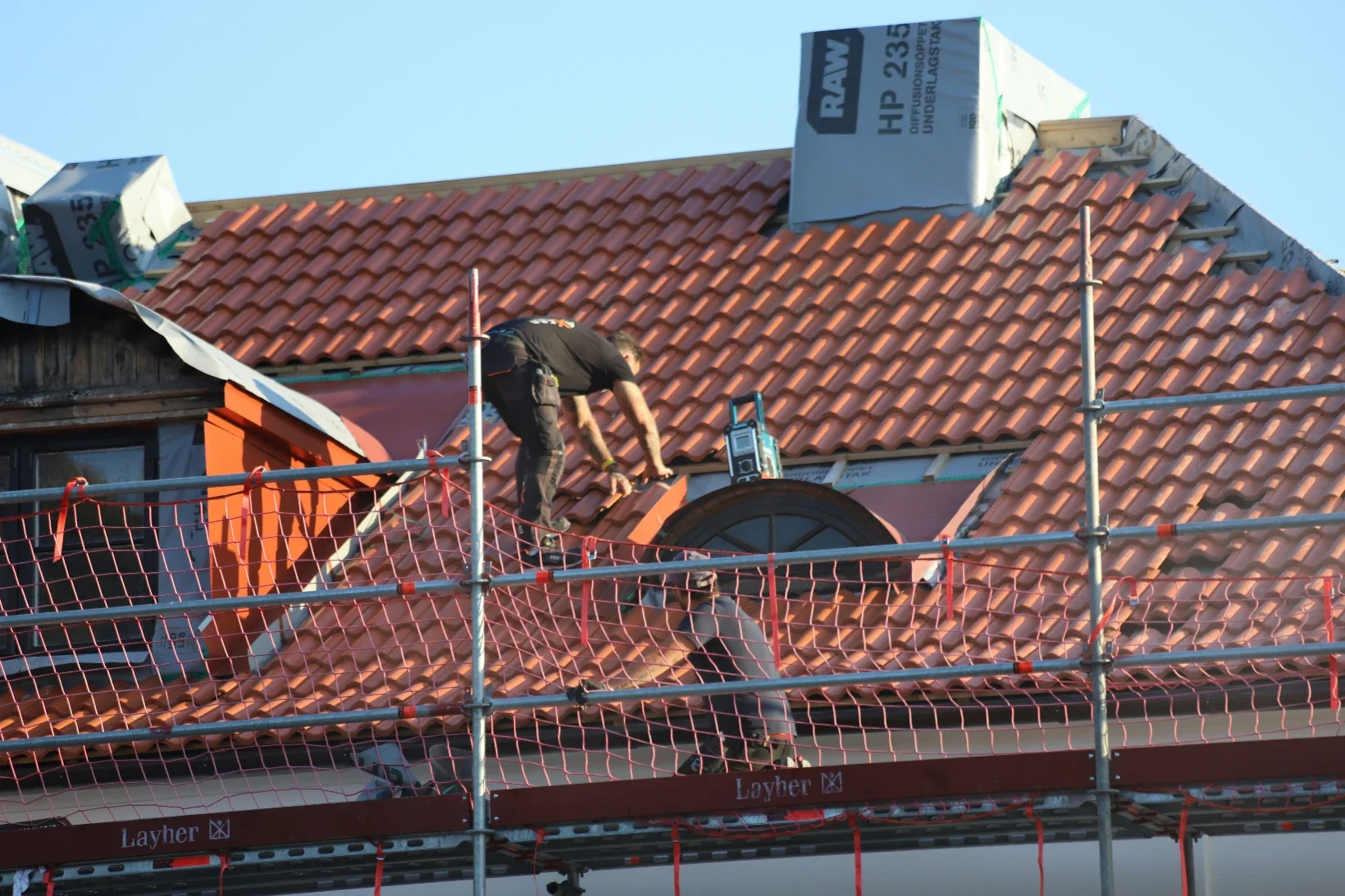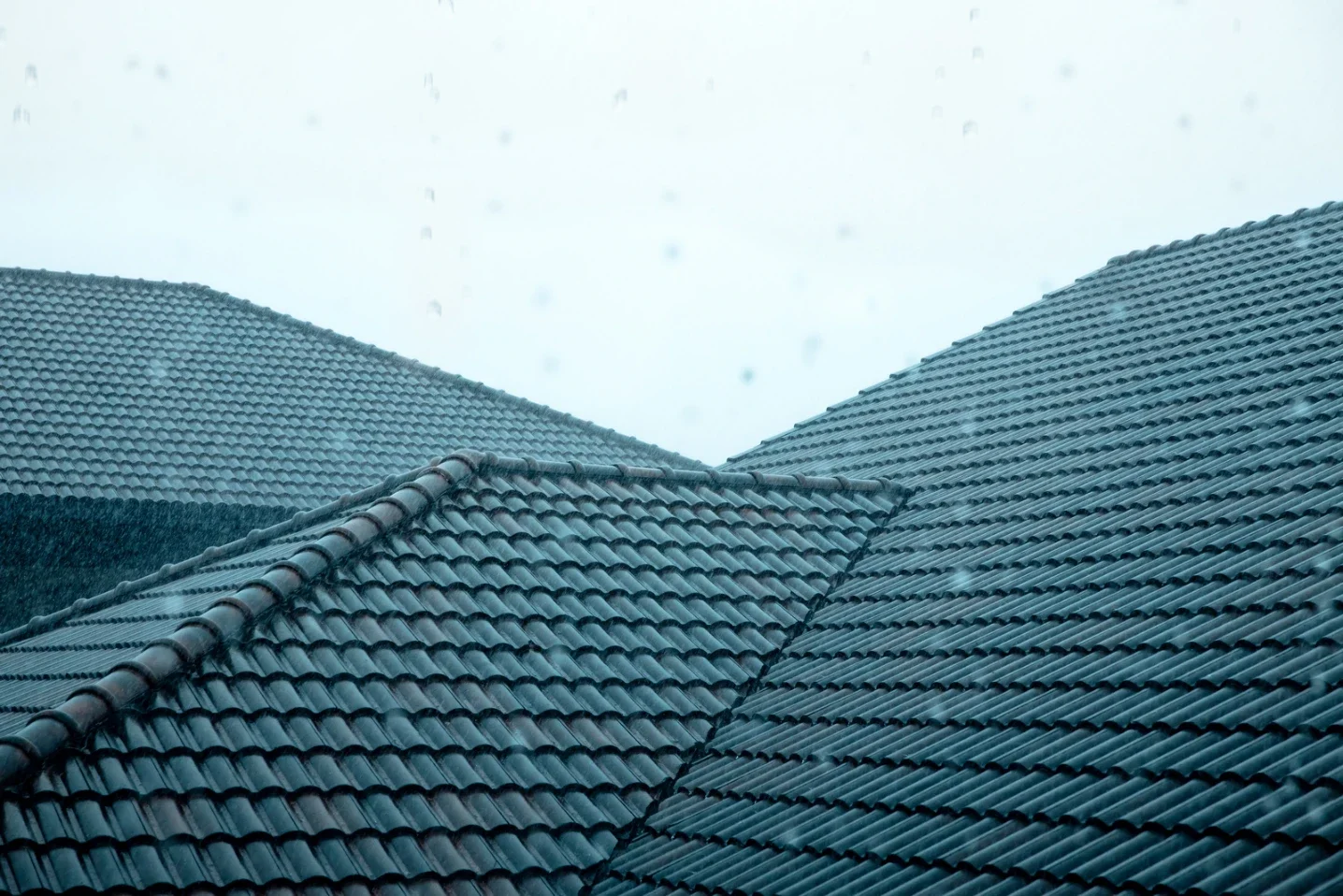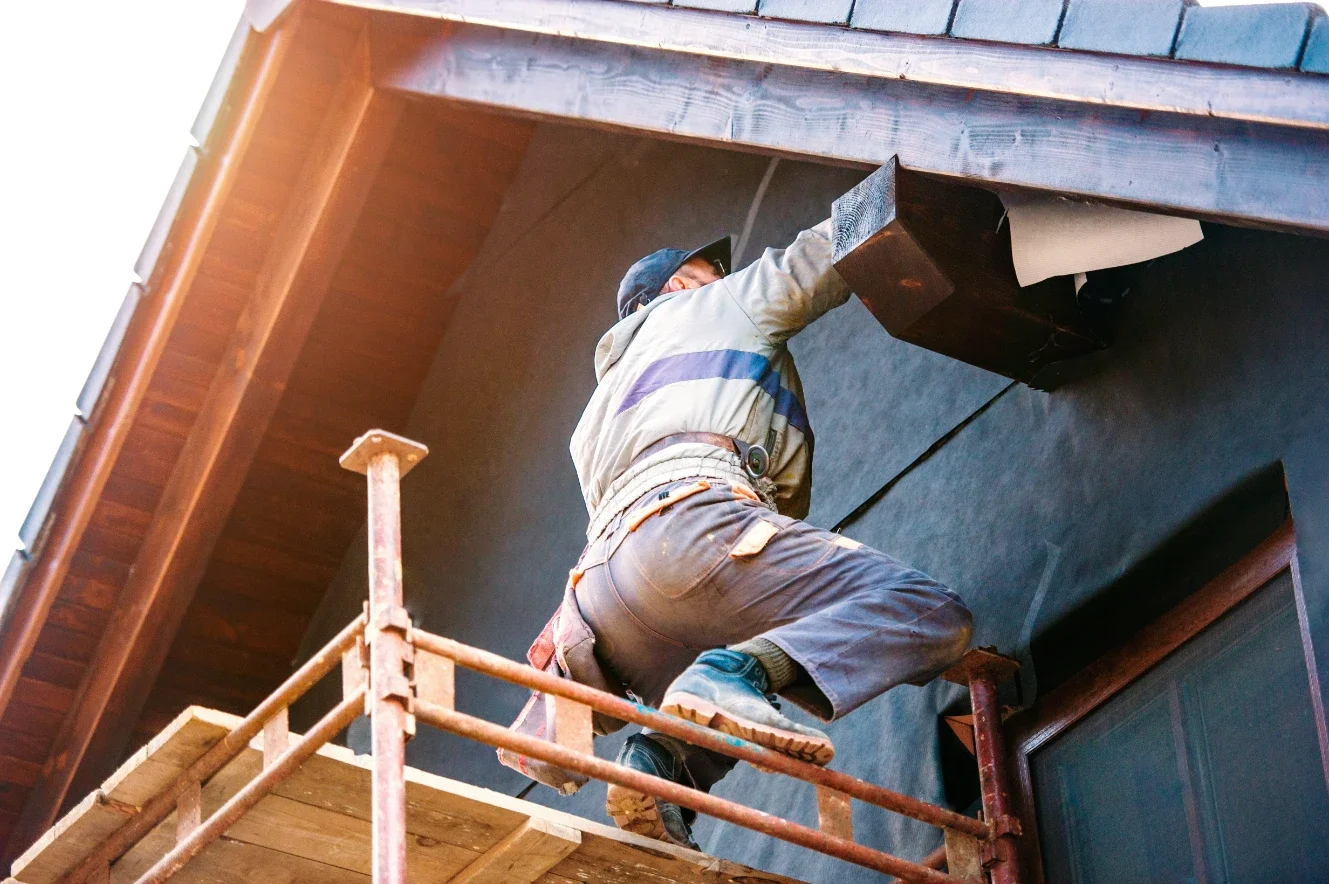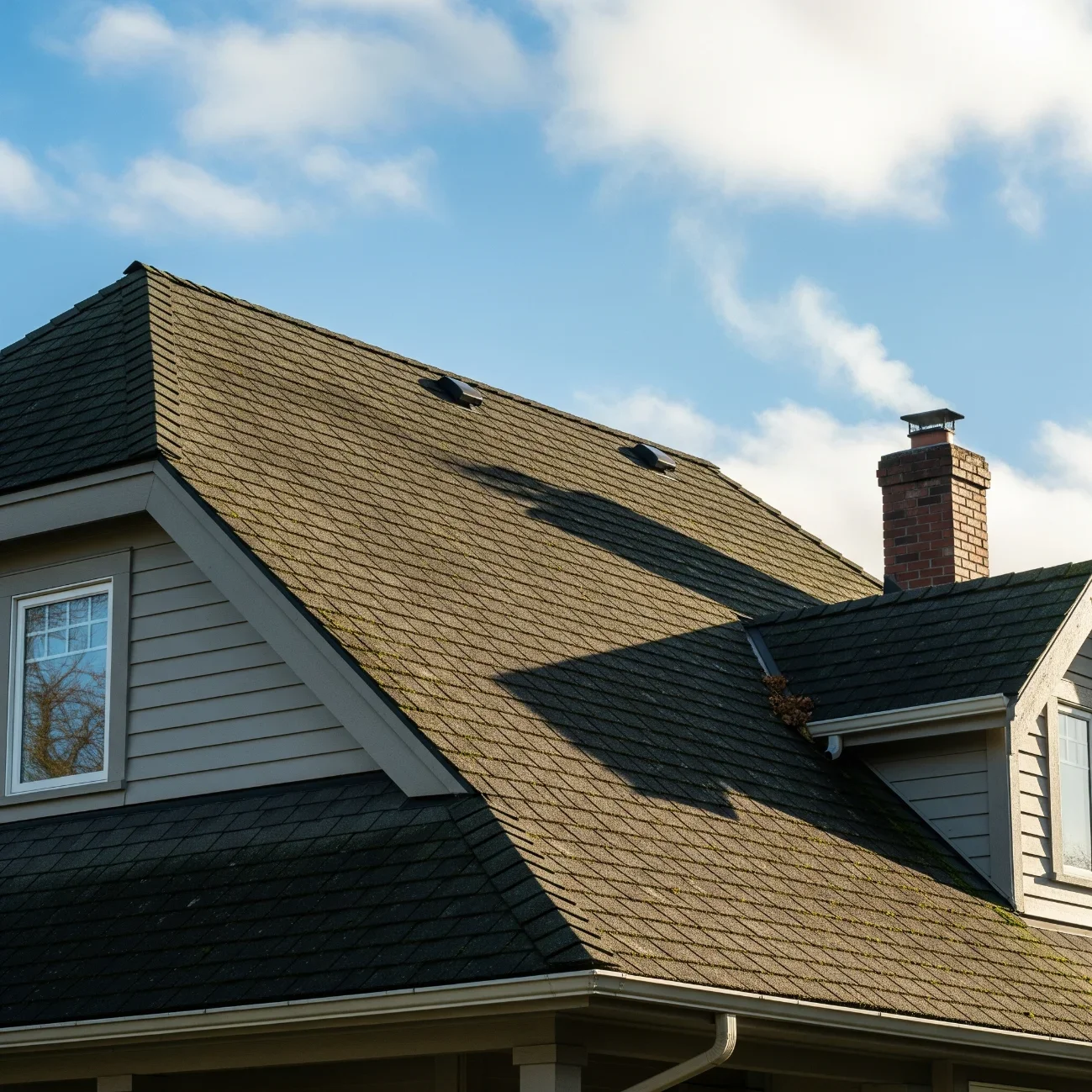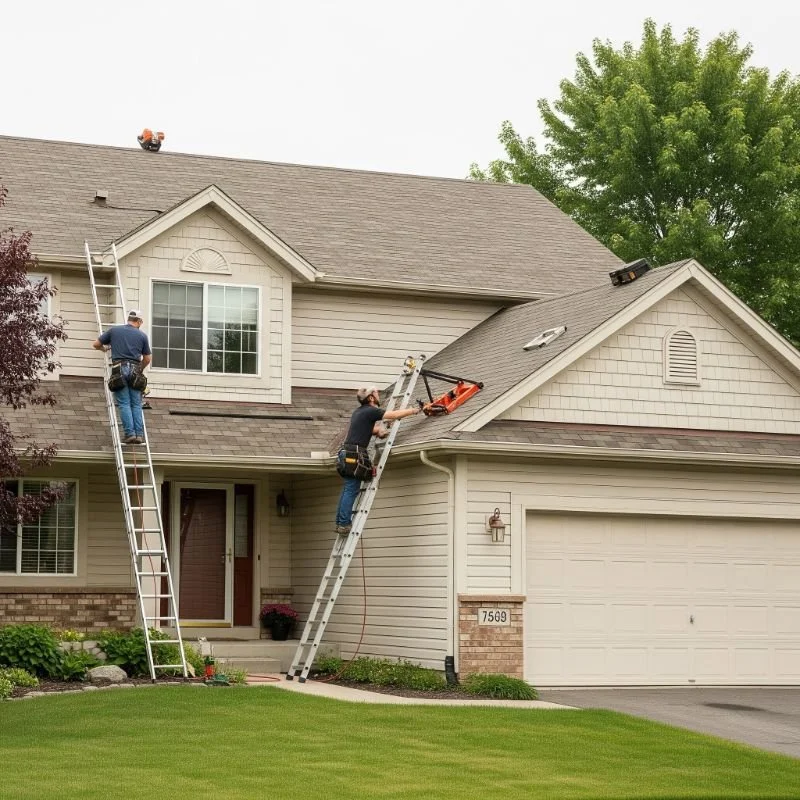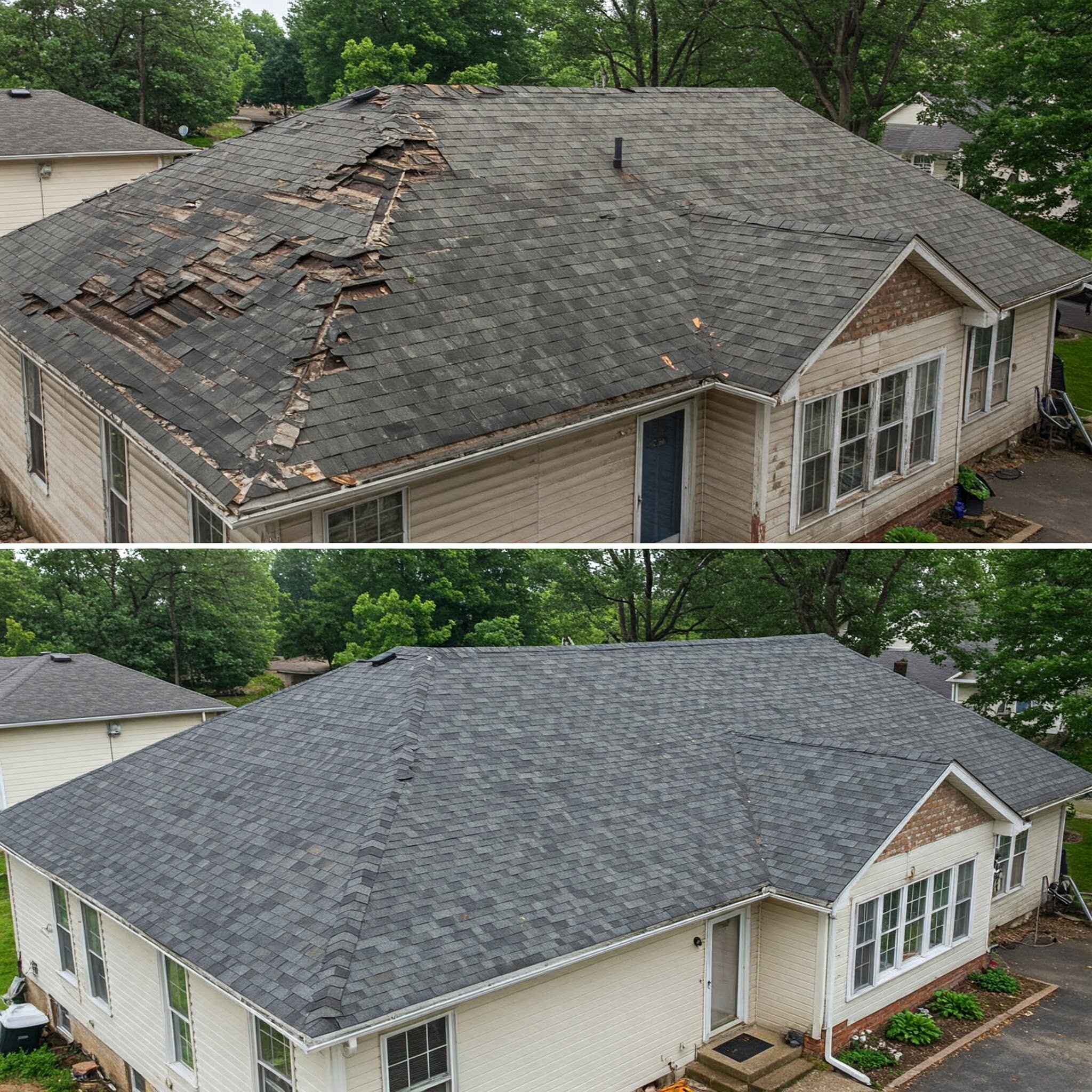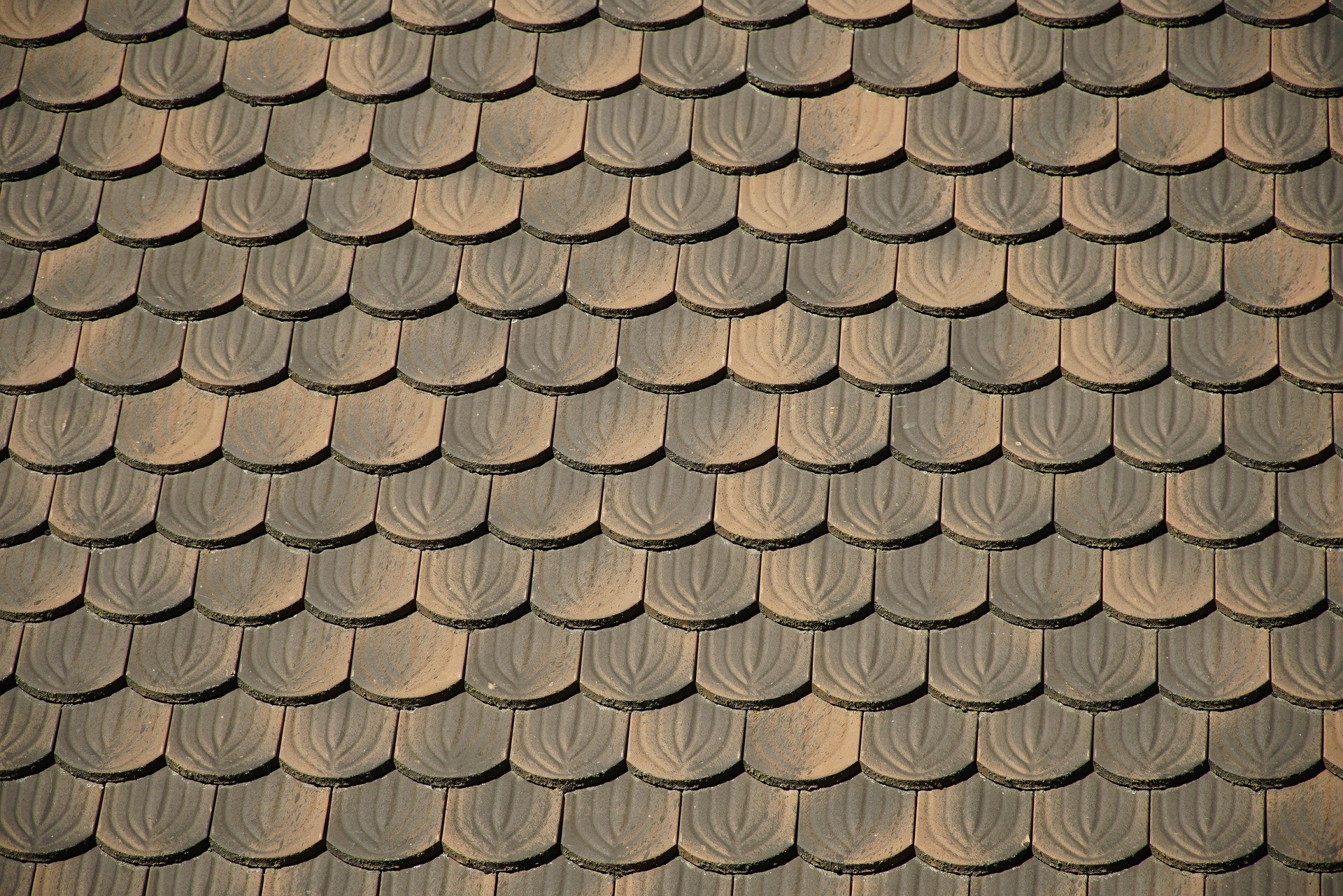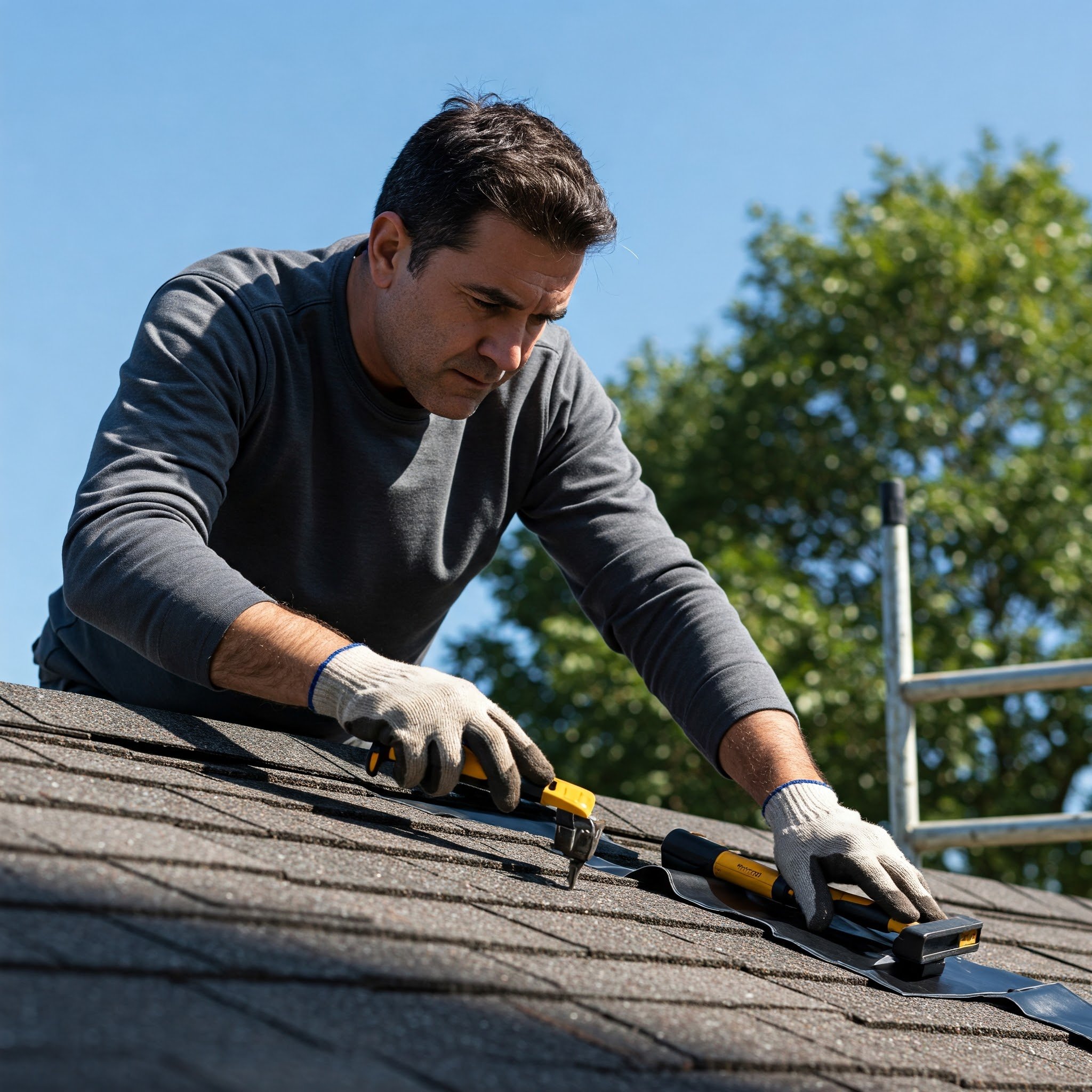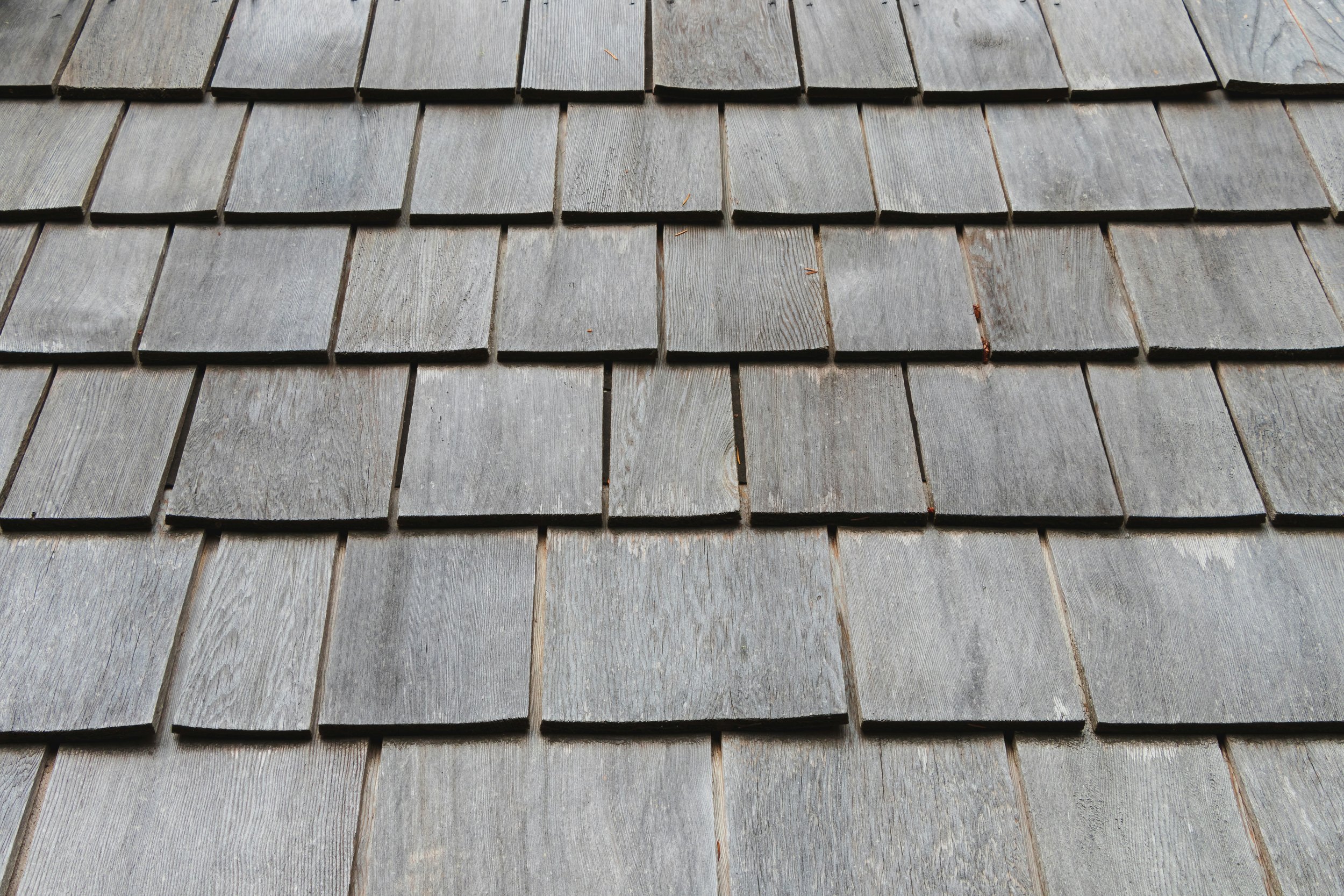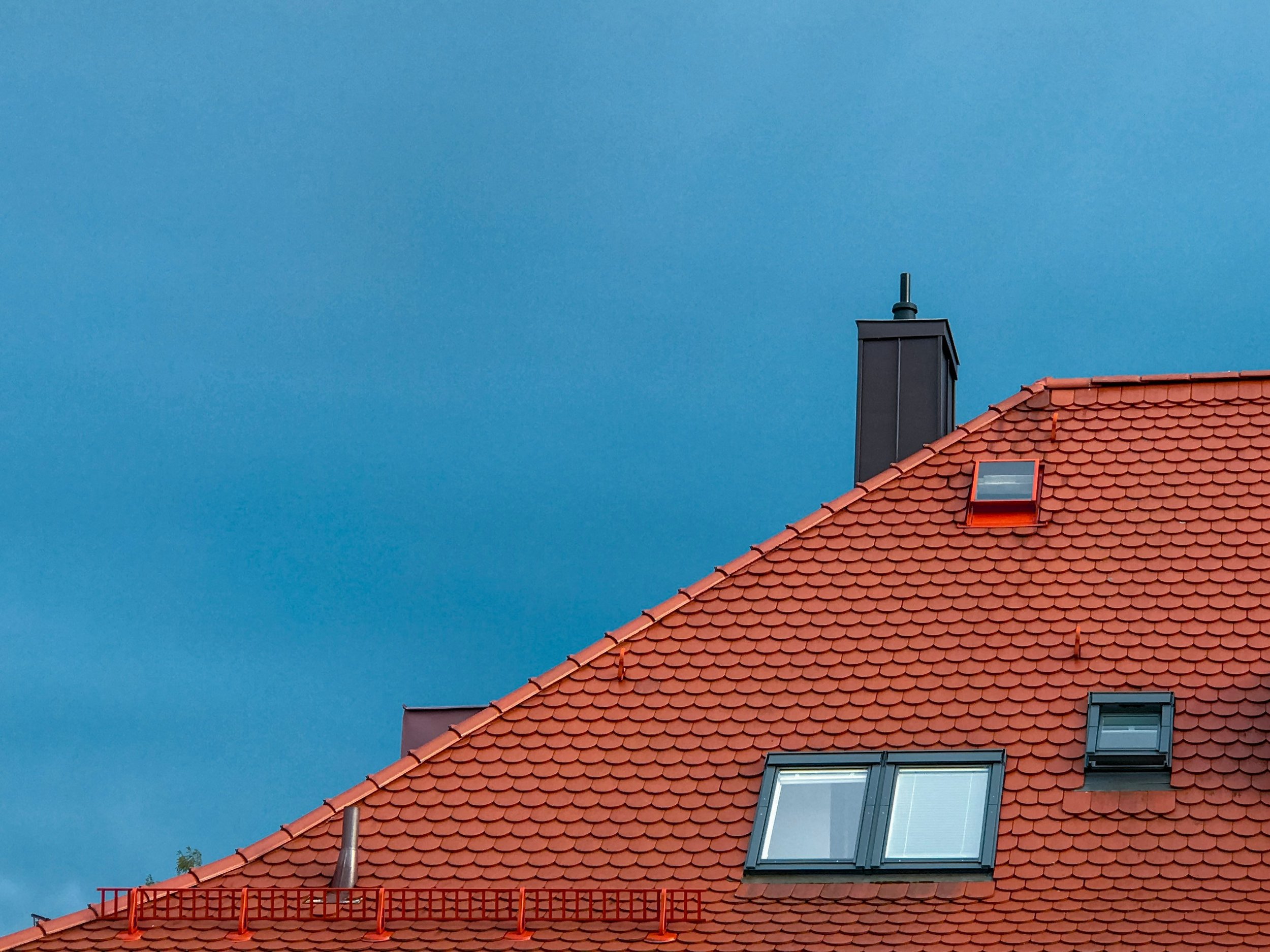4 Signs Your Roof Needs Repair
Notice cracked shingles, leaks, or sagging? Here are 4 clear signs your roof needs repair to prevent costly damage and keep your home protected.
Your home roof probably isn’t the first thing on your mind when you open those eyes in the morning. Unless your roof is leaking liquid into your morning coffee, you are unlikely to give it some thought.
Between checking it after a “last major storm” and “never,” you are one among many homeowners who don’t give their roof a second glance until something goes wrong.
But… the reality is that your roof does more than shield you from rain and the other elements of Mother Nature.
If your roof caves in or gets damaged, everything underneath it, including your walls and ceilings, is at risk. Even your home’s structural integrity won’t be spared. For these reasons alone, it’s so important to stay ahead of roof problems before they become full-blown disasters.
So, let’s look at 4 signs your roof needs repair that you should be on the lookout for.
1. Water Stains on Your Ceiling or Walls
If you live in or around a coastal area, you may be tempted to think that water-stained ceilings and walls are not too uncommon a sight.
One of the signs you need roof repair is finding a stain on your ceiling—it's more than just an eyesore. Take these as warning signs that water has found its way into your home.
…it's a serious risk to you, your health, and the structural integrity of your home.
The water-stained ceiling or wall could be caused by a minor leak or a more serious roofing issue. It comprises insulation, drywall, and the wooden structure beneath.
Here’s how you can spot it:
Look for brown, copper, or yellowish stains on your ceilings. The ceiling discoloration can be found especially near corners or light fixtures.
Bubbling or peeling paint is a tell-tale sign that water is trapped behind paint or plaster. It then causes it to lose adhesion and peel.
Mold or mildew smell is another way to spot that water could be leaking in through your roof. If your attic or top floors smell musty, you may have trapped moisture from a roof leak.
Note: Check your ceilings below the roofline, especially after heavy rain. Leaks don’t always travel straight down. They can move along rafters or insulation before appearing.
If your ceiling looks swollen or soft to the touch, there is a real and increased risk of collapse. Move your furniture and electronics out of the area, and do not attempt to puncture the bubble to release water.
Doing so may cause uncontrolled flooding. If applicable, it’s best to contact licensed roofers and solar contractors.
2. The Shingles are Curling, Cracked, or Missing
One of the 4 signs your roof needs repair is compromised shingles.
Shingles are the outermost layer of your roof, bearing the brunt of water, wind gusts, and sun first. Once these begin to crack, curl, or even fall off, your roof’s structural integrity and barrier are compromised.
Here’s what to look out for:
Curling shingles either curl upward at the edges (cupping) or bubble in the center (clawing). This often happens due to age or heat damage.
Cracked or brittle shingles can happen as they age or go through seasons and many temperature shifts. They lose their flexibility, causing them to split or begin to crumble.
Missing shingles; During storms or under strong winds, your shingles can get blown off. The dislodgement of the shingles compromises your roof.
Where Can You Check?
Look up at your roof from outside. If you have binoculars, use them.
Ridges, valleys, or edges are where damage often starts, so pay close attention to these parts.
After storms, check your yard or gutters for pieces of shingles.
As small as missing shingles may seem, they are a safety hazard, especially if large areas of your roof are missing them.
Should you notice any of them to be missing, try to keep people and pets away from the perimeter of your home. Cover the area with a durable tarp until a professional can assess the damage and possibly repair it.
3. Granules in the Gutters
Speaking of shingles, granule loss is another of the 4 signs your roof needs repair.
Asphalt shingles have protective granules that shield against sun damage. In fact, not only block UV rays but also add fire resistance.
With time, the granules on shingles wear off as they are continuously exposed to the elements. In time, they become loose and wash into the gutters, causing your roof to age even faster.
Also, as UV damage increases, cracks will form, and there will be a higher risk of leaks. Improper installation or low-quality shingles can cause them to degrade faster.
So, once you begin to find gritty debris in your gutter, that’s often a sign that your shingles are deteriorating.
Here’s how to identify this sign:
Scoop out your gutters and look for coarse, sand-like material—they are usually gray or black.
You can check for buildup of the granules at the bottom of the runoff.
Bare or shiny patches on shingles are another clue that granules have worn away.
Once you suspect or notice granules in the gutters, get a professional roof inspection to determine whether your roof needs spot repairs or a full replacement.
Note:
Regular granule loss is normal on a new roof, but if it’s an older one, it could signal that it’s nearing the end of its lifespan.
4. Sagging or Uneven Rooflines
The last of the four signs that your roof needs repair is sagging or uneven rooflines. Your roof should have a straight and even surface.
If there are any dips, curves, or sagging areas, it suggests that the underlying support structure may be weakened. It could be weakened by moisture or rot.
…left unchecked can lead to a partial or full roof collapse.
Look at your roofline from a distance. Stand at the curb or in your backyard and check for the following:
A visible dip in the ridge or middle of the roof
Wavy or slanted sections
Noticeable buckling when viewed from the side
Common causes of sagging or uneven roof lines include water-damaged decking beneath shingles, compromised structural support due to prolonged leaks, excessive weight from snow, or improperly installed roofing materials.
Note:
Do not walk on or around sagging areas, and contact a roofing contractor as soon as possible to assess the problem.
Conclusion: Ignore the Signs, Inherit the Damage
Roofs are not always flashy; in fact, they're mostly overlooked. However, the different parts of a roof come together to protect your home and everyone inside it.
When it starts to show signs of trouble, knowing what to look for can make a difference between a minor repair and a major replacement.
By watching for these 4 signs your roof needs repair, you can catch issues early. Not only will it protect your investment, but it will also ensure your home stays safe, dry, and secure.
You don’t have to wait for leaks or damage to remind you of the importance of your roof.


